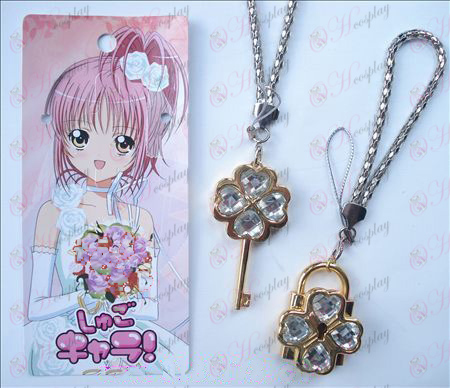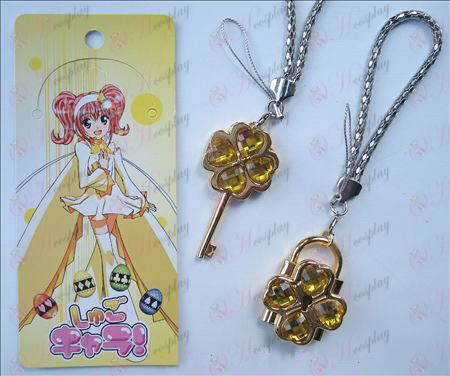Halloween costumes are costumes worn on or around HalloweenPublished: Thursday 16 February, 2017
Halloween costumes are costumes worn on or around Halloween, a festival which falls on October 31. An early reference to wearing costumes at Halloween comes from Scotland in 1585, but they may pre-date this. There are many references to the custom during the 18th and 19th centuries in the Celtic countries of Scotland, Ireland, Mann and Wales Hiiro no Kakera Costumes The wearing of costumes at Halloween may come from the belief that supernatural beings, or the souls of the dead, roamed the earth at this time. The practice may have originated in a Celtic festival, held on 31 October–1 November, to mark the beginning of winter. It was called Samhain in Ireland, Scotland and the Isle of Man, and Calan Gaeaf in Wales, Cornwall and Brittany. The festival is believed to have pre-Christian roots Cosplay Shop From at least the 16th century, the festival included mumming and guising, which involved people going house-to-house in costume (or in disguise), usually reciting verses or songs in exchange for food. It may have originally been a tradition whereby people impersonated the Aos Sí, or the souls of the dead, and received offerings on their behalf. Impersonating these beings, or wearing a disguise, was also believed to protect oneself from them.[7] It is suggested that the mummers and guisers "personify the old spirits of the winter, who demanded reward in exchange for good fortune".F. Marian McNeill suggests the ancient pagan festival included people wearing masks or costumes to represent the spirits, and that faces were marked (or blackened) with ashes taken from the sacred bonfire. In parts of southern Ireland, a man dressed as a Láir Bhán (white mare) led youths house-to-house reciting verses—some of which had pagan overtones—in exchange for food. If the household donated food it could expect good fortune from the 'Muck Olla'; not doing so would bring misfortune. In 19th century Scotland, youths went house-to-house with masked, painted or blackened faces, often threatening to do mischief if they were not welcomed Kanon Costumes |












